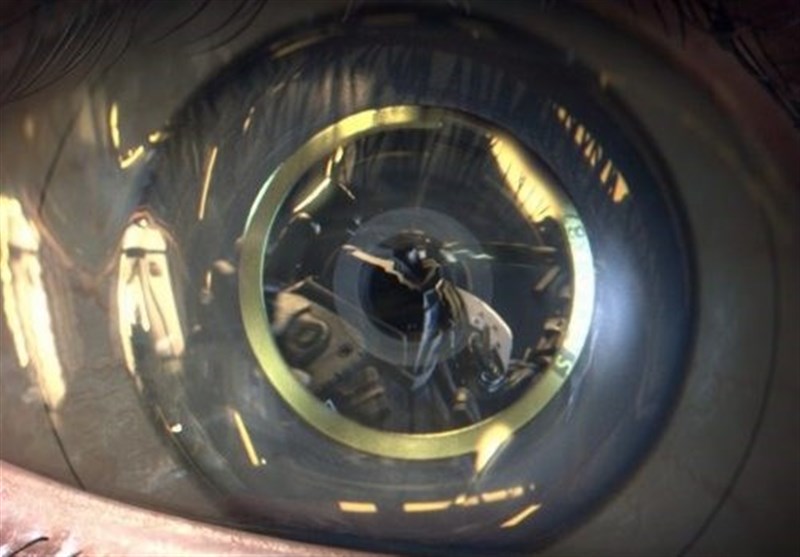Researchers Say Bionic Eye Coming in Five Years
TEHRAN (Tasnim) – The world's first 3D artificial eyeball -- capable of outperforming the human eye in some ways -- may help droves of people who are partially or fully blind in as little as five years, according to experts.
Researchers from Hong Kong University of Science and Technology have devised an electrochemical eye whose structure and performance mimic those of the ones humans are born with, FoxBusiness reported.
"The device design has a high degree of structural similarity to a human eye with the potential to achieve high imaging resolution when individual nanowires are electrically addressed," researchers of Hong Kong University of Science and Technology wrote in a paper published in the journal Nature.
The device converts images through tiny sensors that mirror the light-detecting photoreceptor cells in a human eye, The Sun reported. Those sensors reside within a membrane made of aluminum and tungsten which is shaped into a half sphere for the purpose of mimicking a human retina.
The retina is the eye's innermost layer of tissue, which translates images into electrical neural impulses to the brain in order to create visual perception.
A bionic eye, otherwise known as a visual prosthesis, is an experimental device that's intended to help restore sight for people who are visually impaired.
Creating such a device with image-sensing characteristics such as an extremely wide field of view and high resolution has presented a significant challenge for scientists due to the spherical shape and the retina of the biological eye.
The latest development addresses that and "could lead to a bionic eye,” Professor Zhiyong Fan, of Hong Kong University of Science and Technology, told The Sun. “I think if everything is on track, perhaps in five years, the technology will become practical."
Aside from helping individuals improve their vision, experts claim the work may even help create additional biomimetic photosensing devices that could be used in a "wide spectrum of technological applications."
Animal and clinical trials are now being planned, Fan said.






